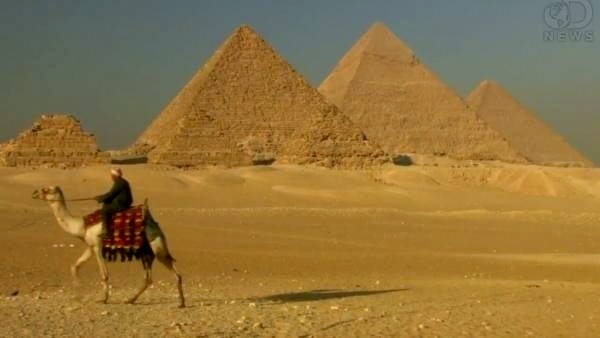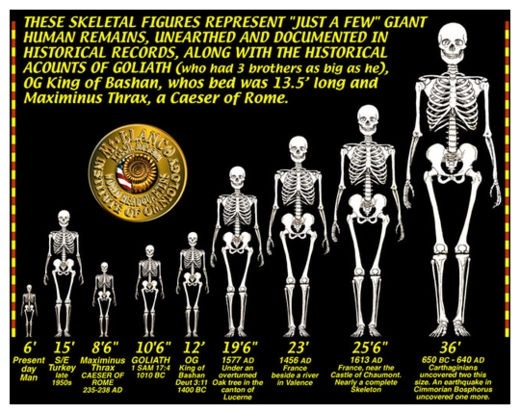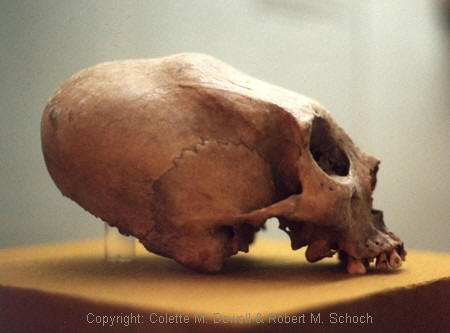
Derinkuyu is an enormous, ancient underground city that dates back to the early Byzantine Empire. It’s unknown when the city was begun — some sources say as early at the 7th century BCE — but it wouldn’t have reached its greatest size until the period between 500-1000 CE, when it was five stories deep with room for 20,000 people, plus livestock, kitchens, a church, and a wine-making facility. Locals dug tunnels and rooms beneath their homes, deep into the soft, sandy volcanic rock of the central Turkish region of Cappadocia. An entire underground civilization was thriving here during the middle ages, which could provide a model for future communities trying to survive an apocalypse.
For centuries, people had fled to the area to find a safe haven from anti-Christian Romans, bandits, and later, anti-Christian Muslims. Massive rocks could be rolled across the entrances, and air shafts kept the place ventilated while people lived inside for months at a time. Eventually, long shafts were dug to connect Derinkuyu with other underground cities in the area. The city was sealed up at some point after the 10th century, and was only reopened to the public in 1969.
Originally posted 2014-02-13 19:18:58. Republished by Blog Post Promoter













